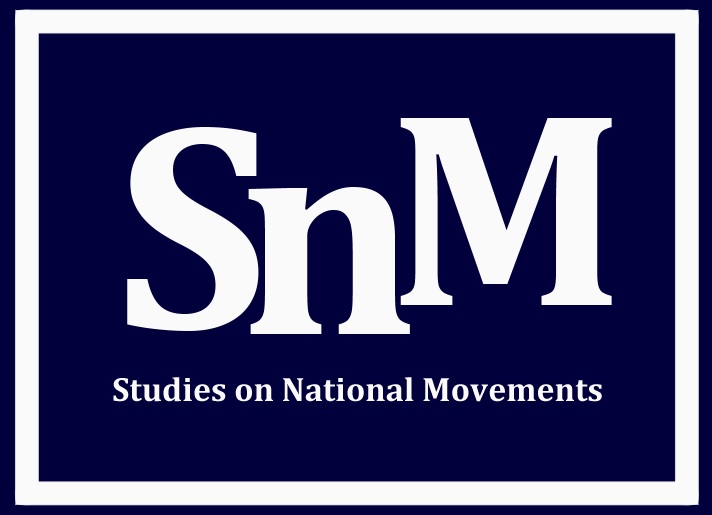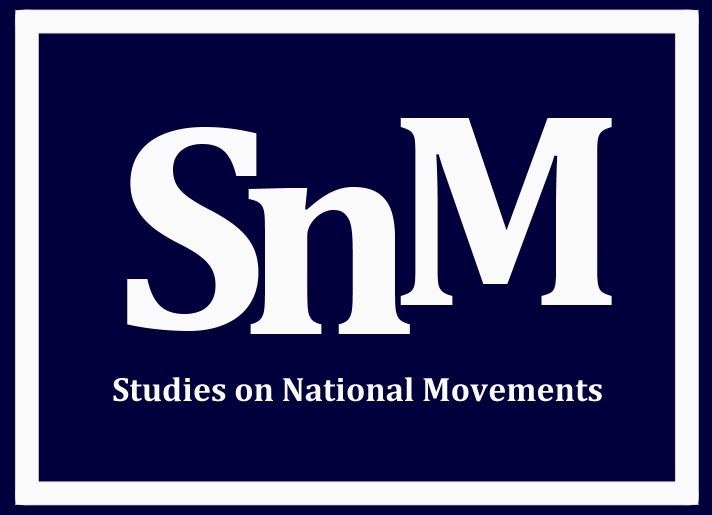Abstract
Many know that one of the most important consequences of the First World War was the collapse of the Austro-Hungarian Monarchy. Yet only few know that the two defeated allies – Austria and Hungary – had not only lost large territories of their own to the neighbouring successors states, but they were also engaged in serious border dispute with each other between 1918 and 1921. This desperate struggle may seem as if it came out of nowhere since the three historic counties that composed the Western periphery of Hungary did not really suffered from deep political or social conflicts before the war, at least not on the surface and comparing to other multi-ethnic regions of Central and Eastern Europe. If we picture the old Habsburg Empire as a jigsaw puzzle then the Western Hungarian counties should be imagined as those oddly shaped interlocking and mosaiced pieces that geographically as well as culturally connected the two halves of the empire. Although the long but narrow area along the Western border of the Kingdom of Hungary was dominantly German-speaking for centuries, both countries were under Habsburg rule under which questioning the historical borders would have been simply unreasonable. This radically changed around the turn-of-the century when modern nationalism broke through in public life and became a main driving force behind political aspirations. The disintegration of historic Western Hungary and birth of Burgenland were a very complicated process in which regard the significance of nationalism and its radicalization in the Great War cannot be underestimated.
Keywords: Austria, Hungary, Habsburg, Burgenland, First World War
How to Cite:
Székely, T., (2020) “The Agony of Historic Western Hungary and the Birth of Burgenland (1914-1921)”, Studies on National Movements 6(1), 38. doi: https://doi.org/10.21825/snm.85337
Downloads:
Download PDF
View
PDF

